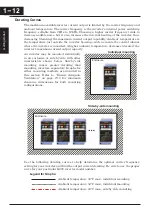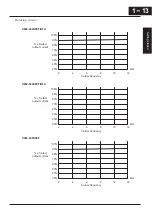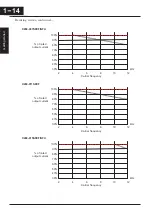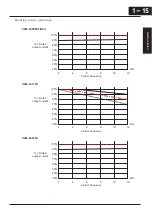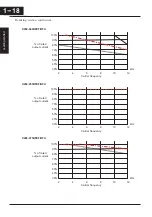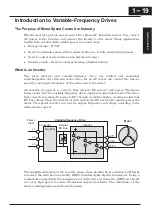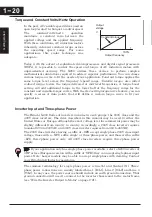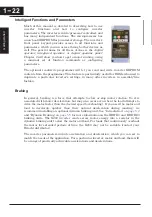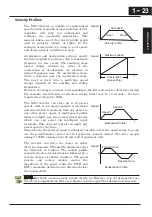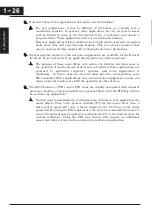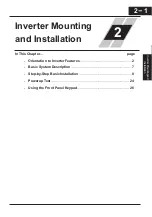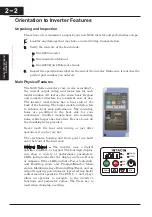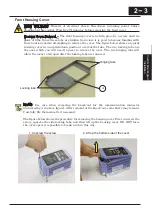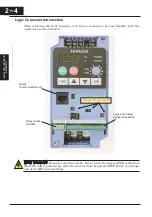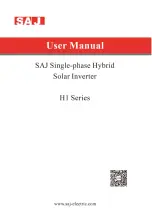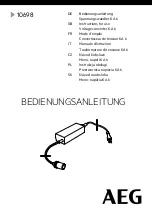
Frequently Asked Questions
Q. What is the main advantage in using an inverter to drive a motor, compared to
alternative solutions?
A.
An inverter can vary the motor speed with very little loss of efficiency, unlike
mechanical or hydraulic speed control solutions. The resulting energy savings
usually pays for the inverter in a relatively short time.
Q. The term “inverter” is a little confusing, since we also use “drive” and “amplifier” to
describe the electronic unit that controls a motor. What does “inverter” mean?
A.
The term
inverter, drive, and amplifier are used somewhat interchangeably in
industry. Nowadays, the term
drive, variable-frequency drive, variable-speed
drive, and inverter are generally used to describe electronic, microprocessor-
based motor speed controllers. In the past,
variable-speed drive also referred to
various mechanical means to vary speed.
Amplifier is a term almost
exclusively used to describe drives for servo or stepper motors.
Q. Although the X200 inverter is a variable speed drive, can I use it in a fixed-speed
application?
A.
Yes, sometimes an inverter can be used simply as a “soft-start” device,
providing controlled acceleration and deceleration to a fixed speed. Other
functions of the X200 may be useful in such applications, as well. However,
using a variable speed drive can benefit many types of industrial and
commercial motor applications, by providing controlled acceleration and
deceleration, high torque at low speeds, and energy savings over alternative
solutions.
Q. Can I use an inverter and AC induction motor in a positioning application?
A.
That depends on the required precision, and the slowest speed the motor must
turn and still deliver torque. The X200 inverter will deliver full torque while
turning the motor at 6Hz (180RPM). DO NOT use an inverter if you need the
motor to stop and hold the load position without the aid of a mechanical brake
(use a servo or stepper motion control system).
Q. Can the inverter be controlled and monitored via a network?
A.
Yes. X200 inverters have built-in ModBus communications.
See Appendix B
for
more information on network communications.
Q. Why does the manual or other documentation use terminology such as “200V class”
instead of naming the actual voltage, such as “230 VAC”
A.
A specific inverter model is set at the factory to work across a voltage range
particular to the destination country for that model. The model specifications
are on the label on the side of the inverter. A European 200V class inverter
(“EU” marking) has different parameter settings than a USA 200V class.
NOTE: The European 200V class inverter is for single phase input (-SFE), while the
USA 200V class inverter is for 3/single phase input (-NFU up to 2.2kW) and 3-phase
input (-LFU) 3.7kW.
1
24
Getting st
arted
1
−
24
Getting started



